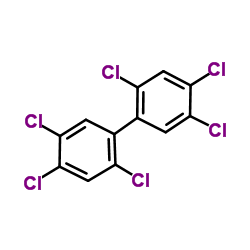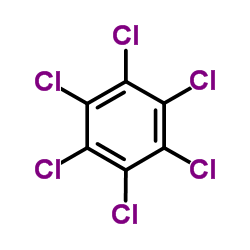| 结构式 | 名称/CAS号 | 全部文献 |
|---|---|---|
 |
p, p’-DDE标准溶液
CAS:72-55-9 |
|
 |
六氯联苯
CAS:35065-27-1 |
|
 |
六氯苯
CAS:118-74-1 |